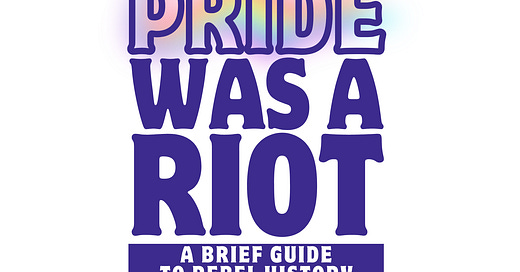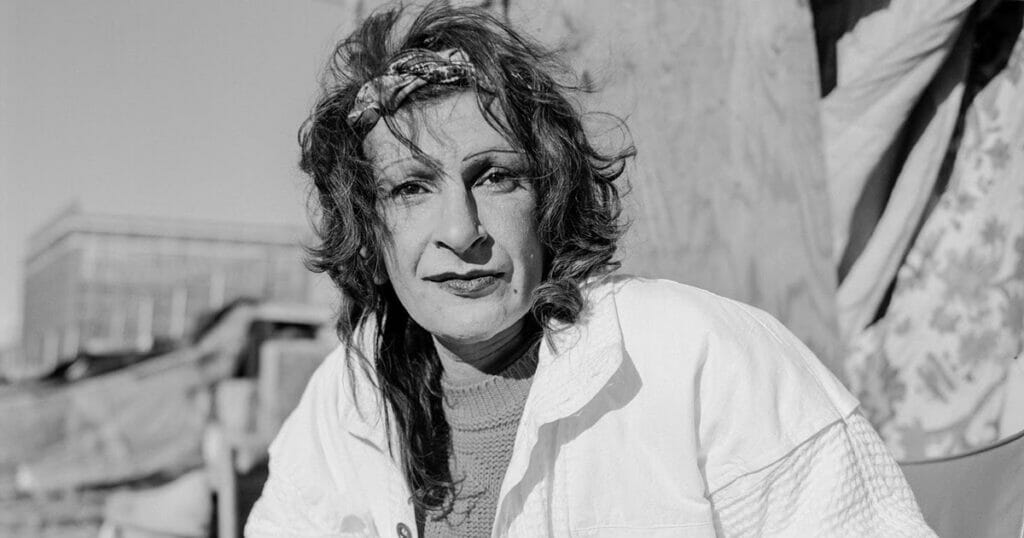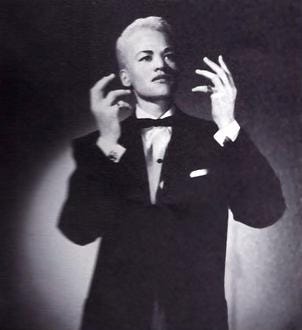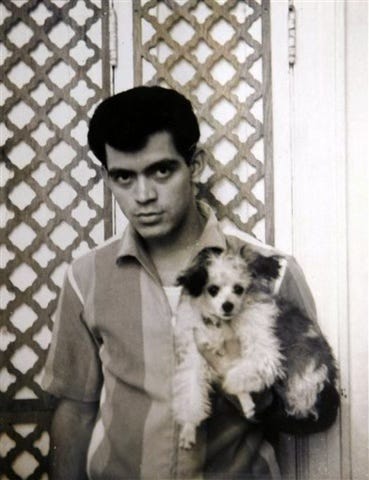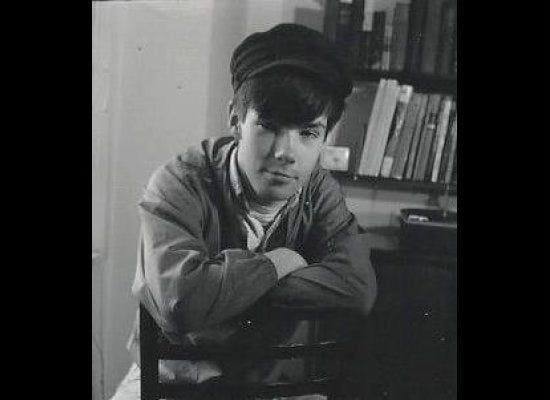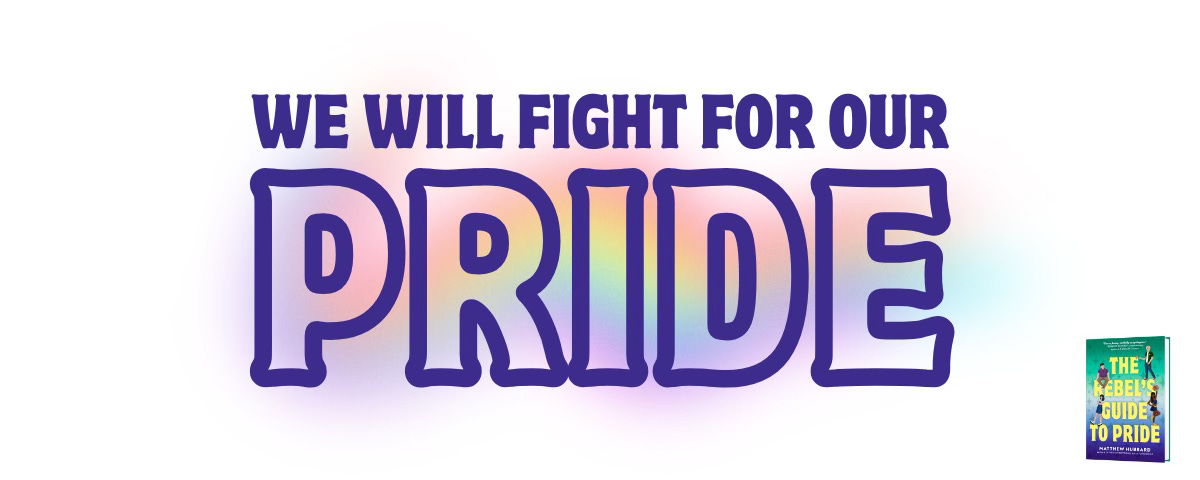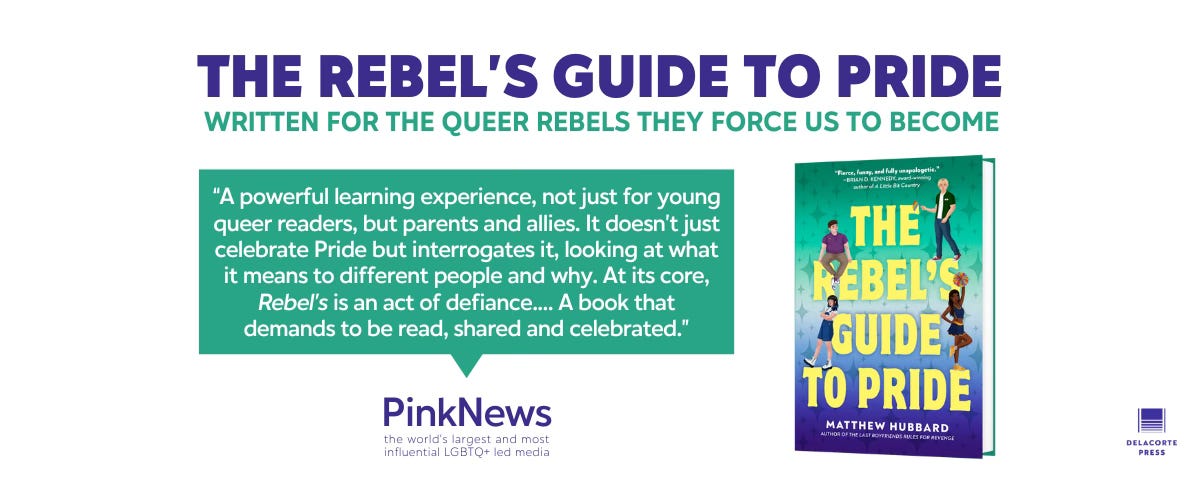There's a Reason the First Pride was a Riot
Celebrate Pride with a Brief Guide to Rebel History
Happy Pride! June is a time to celebrate, be proud, honor those who came before us, inspire those who will come after us, and remember how the fight started. While the battle for LGBTQIA+ rights began long before June 1969, a series of riots and demonstrations against a police raid, for lack of a better phrase, threw gasoline on the already burning fire.
THE STONEWALL RIOTS
(ALSO KNOWN AS THE STONEWALL UPRISING / REBELLION)
It all began in the early morning hours of June 28, 1969 at the Stonewall Inn located in the Greenwich Village neighborhood of New York City. The raid sparked a riot among bar patrons and local residents as police roughly hauled employees and patrons out of the bar. At one point, an officer hit a woman (identified by witnesses as Stormé DeLarverie) over the head, and she shouted for onlookers to act. This incited the crowd, and they began to throw pennies, bottles, cobblestones and other items at the police. Within minutes, a full-blown riot involving hundreds of people began, leading to six days of protests and violent clashes with law enforcement outside the bar on Christopher Street. Although not the first time American LGBTQ+ people fought back against the government persecution of sexual minorities, the Stonewall Riots marked a new beginning for the gay rights movement in the U.S. and around the world.

MEDIA PORTRAYAL
Not only were LGBTQ+ individuals facing aggression from police, public perception was another act of aggression they had to fight against. On July 6, 1969, New York Daily News ran Jerry Lisker’s infamous “Homo Nest Raided, Queen Bees Are Stinging Mad” coverage on the riots that downplayed the severity of the riots. This story was not only homophobic but also misogynistic with a hatred of gender transgressions. Be warned, the following statement was included in the coverage: “Queen Power exploded with all the fury of a gay atomic bomb. Queens, princesses and ladies-in-waiting began hurling anything they could get their polished, manicured fingernails on. Bobby pins, compacts, curlers, lipstick tubes and other femme fatale missiles were flying in the direction of the cops.” In reality, however, the weapons used in retaliation of police aggression were bricks and Molotov cocktails, but the mainstream press had little interest in the severity of the rebellion and the reason for fighting back. No apology for Lisker’s coverage was ever issued according to research. Full article can be read online via PBS.
Marsha P. Johnson
Marsha was a transgender activist who became a leading figure in the fight for LGBTQ+ advocacy. Her participation in the riots led to a pivotal moment that changed the course of LGBTQ+ history. Marsha’s contributed efforts helped ignitecelebrations for Pride. She has been credited as throwing the first brick; however, Marsha revealed in 1987 that she arrived at 2:00 am to find the riots already began (roughly estimated to be 1:20 am after Stormé DeLarverie fought back against a police officer who attempted to arrest her that night).
On the first anniversary of the Stonewall Riots, on June 28, 1970, Marsha marched in the first Gay Pride rally, then called the Christopher Street Liberation Day. Another of her most notable direct actions was a sit-in protest at Weinstein Hall at New York University after administrators canceled a dance when they found out that it was sponsored by gay organizations. As she strived to take a stand, she became a visible presence at gay liberation marches—and she often called the “Mayor of Christopher Street.” Her legacy for activism lives on to this day.
“WE ARE FIGHTING FOR OUR LIVES.”
— MARSHA P. JOHNSON
Sylvia Rivera
Sylvia Rivera was a gay liberation and transgender rights activist. She was a diligent advocate for those silenced and disregarded by larger movements. Throughout her life, she fought against the exclusion of transgender people, especially transgender people of color, from the larger movement for gay rights. In 1963, she met Marsha P. Johnson, who also battling exclusion in a movement for gay rights that did not embrace her gender expression, and the two were present at the Stonewall Riots.
Sylvia has claimed that she did not throw the first Molotov cocktail at the police during the riots like many claim…but she claimed she did throw the second. For six nights, the 17-year-old Sylvia refused to go home or to sleep, saying “I’m not missing a minute of this—it's the revolution!” She resisted arrest and led a series of protests against the raid. Along with Marsha, Sylvia started the Street Transvestite Action Revolutionaries (STAR) in 1970. The group became a space to organize and discuss issues facing the transgender community in New York City, and they also had a building, STAR House, that provided lodgings for those who needed it.
“WE HAVE TO DO IT BECAUSE WE CAN NO LONGER STAY INVISIBLE. WE HAVE TO BE VISIBLE.” — SYLVIA RIVERA
Stormé DeLarverie
Stormé DeLarverie was the lesbian woman whose scuffle with police was, according to eyewitnesses, the spark that ignited the Stonewall Riots, spurring the crowd to action. She is remembered as a gay civil rights icon and entertainer, who performed and hosted at the Apollo Theater and Radio City Music Hall. She worked for much of her life as an MC, singer, bouncer, bodyguard, and volunteer street patrol worker, the "guardian of lesbians in the Village.”
At the Stonewall Riots, which she called a rebellion, a scuffle broke out when Stormé was roughly escorted by police. She was brought through the crowd by police several times after escaping repeatedly. She fought with at least four of the police, swearing and shouting. Described by a witness, she had been hit on the head by an officer with a baton for announcing that her handcuffs were too tight. "Nobody knows who threw the first punch, but it's rumored that she did, and she said she did," said Lisa Cannistraci, a friend of Stormé and owner of the Village lesbian bar Henrietta Hudson. Whether or not Stormé was the woman who fought her way out of the police wagon, all accounts agree that she was one of several lesbians who initially fought back against the police during the uprising.
“IT WAS A REBELLION, IT WAS AN UPRISING, IT WAS A CIVIL RIGHTS DISOBEDIENCE—IT WASN'T NO DAMN RIOT.” — STORMÉ DELARVERIE
Other Notable Individuals:
Raymond Castro
A baker and cake designer, Raymond Castro is noted to have been the first person arrested at Stonewall. At 28 years old, Castro ignited the crowd when he shoved back and knocked the police officers who had just handcuffed him off their feet. Speaking about the Stonewall Riots long after the event, Castro said, “I had no idea that I was going to be involved in history-making … I would do it all over again.”
Danny Garvin
A native New Yorker, Danny Garvin was on the frontlines at Stonewall when he was only 20 years old. Historian David Carter described Garvin and another Stonewall protestor, Tommy Lanigan-Schmidt, as the “two most knowledgeable sources” on the riots. He did not participate in any violence, but he was active in protests against police attempts to clear the streets.
Note: It is not possible to identify every individual involved in the Stonewall Riots, but several stand out as notable and representative of them all. QueerBio.com has identified the following individuals who participated in the Stonewall Riots and have left a lasting impact on the community:
Virginia Apuzzo, David Carter, Vincent DePaul*, Marilyn Fowler*, Williamson L. Henderson, Brenda Howard, Miss Major Griffin-Gracy, Thomas Lanigan-Schmidt, Richard Leitsch, Craig Rodwell, and Doric Wilson
* In 2009, 40 years after the riots, arrest records from the NYPD were obtained by NBC News via a Freedom of Information Law request. Complaint report 6819 is the only one that includes multiple “persons arrested”: Raymond Castro, 27; Marilyn Fowler, 28; and Vincent DePaul, 24. This was the first time Fowler and DePaul had been documented as Stonewall participants. Fowler’s name is extremely significant because no other woman’s arrest had been documented.
After Stonewall:
Within months of Stonewall Riots, chapters of the Gay Liberation Front had been established across the United States and aligned itself with other marginalized and oppressed groups.
An identical organization was created in the United Kingdom in 1971. Australia’s first homosexual action group, CAMP (Campaign Against Moral Persecution) was established in 1970 followed by Society Five in 1971. Canada’s first public protest for gay rights, We Demand, occurred in 1971, and the left-leaning Front homosexuel d'action révolutionnaire was formed in France. The Campaign For Homosexual Law Reform began in Ireland and Northern Ireland around the same time. This organized activism started to lead to several other important developments and advances for the global LGBTQ+ community.
The Netherlands became the first country to legalize same-sex marriage after its Parliament passed the law in December 2000, and Belgium followed in 2003 with Canada shortly after in 2005. However, the United States, while some states acknowledged same-sex marriage, did not legalize it it nationwide until 2015.
2016, President Barack Obama named the Stonewall Inn as the country's first national monument to honor lesbian, gay, bisexual and transgender rights.
2019, 50 years after New York police clashed with gay-rights activists at the Stonewall Inn, the city's police commissioner James O'Neill apologized for the department's raid on that tumultuous night in 1969. Department officials had previously expressed regret about the aggressive crackdown in the past, but they had never gone so far as to apologize for the raid, until now.
Now, in 2025 and 56 years after the Stonewall Riots, the LGBTQIA+ community is still being attacked by governments around the world, and in the United States, a major setback occurred with the 2024 election when a disgraceful, reality TV star was re-elected as president with hateful legislations targeting LGBTQIA+ freedoms. However, the legacy of theStonewall Riots is an important reminder to the world...
Of course, there’s more to the story, and I encourage you to read up on the history of LGBTQIA+ rights.
As we kick off Pride 2025, I wish you nothing but the fabulous vibes possible. Stay safe. Stay proud. Stay resilient.
Proudly,
M

